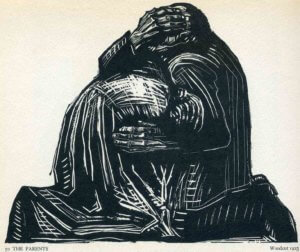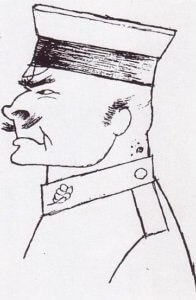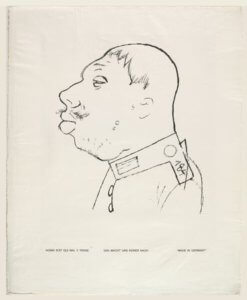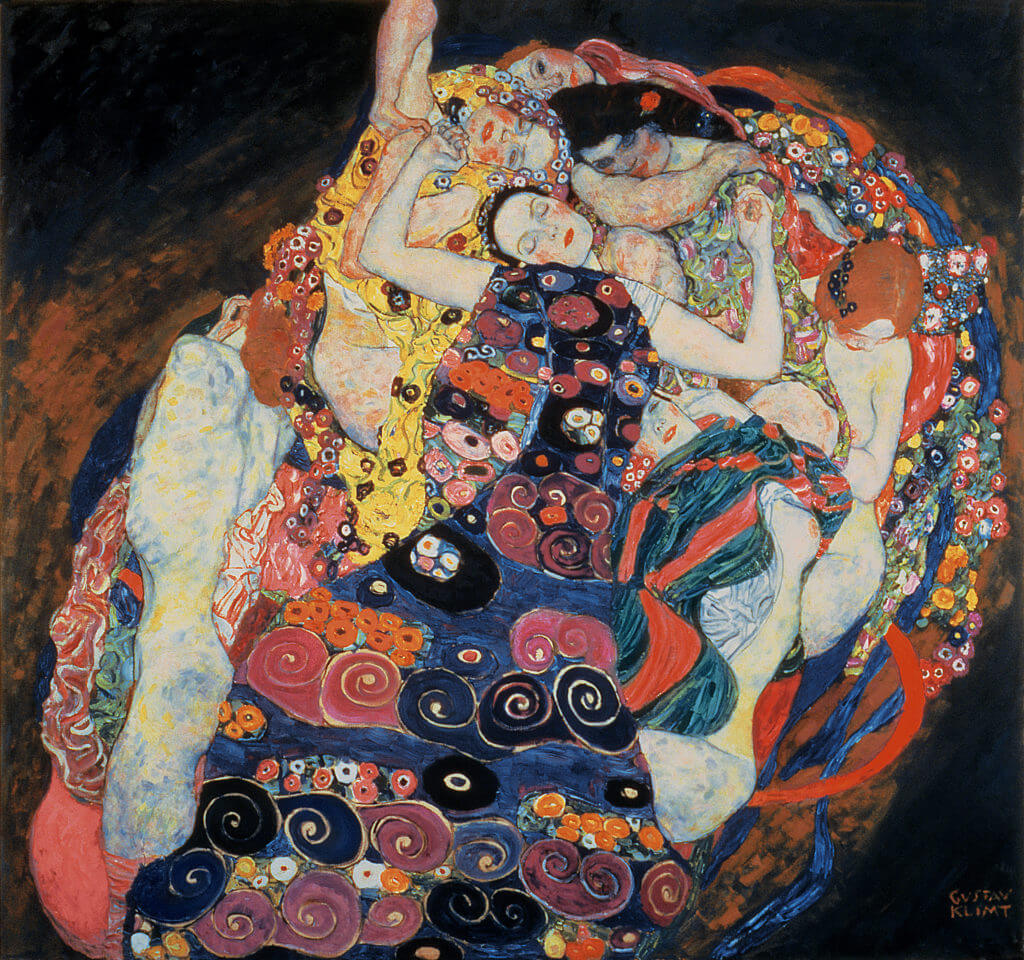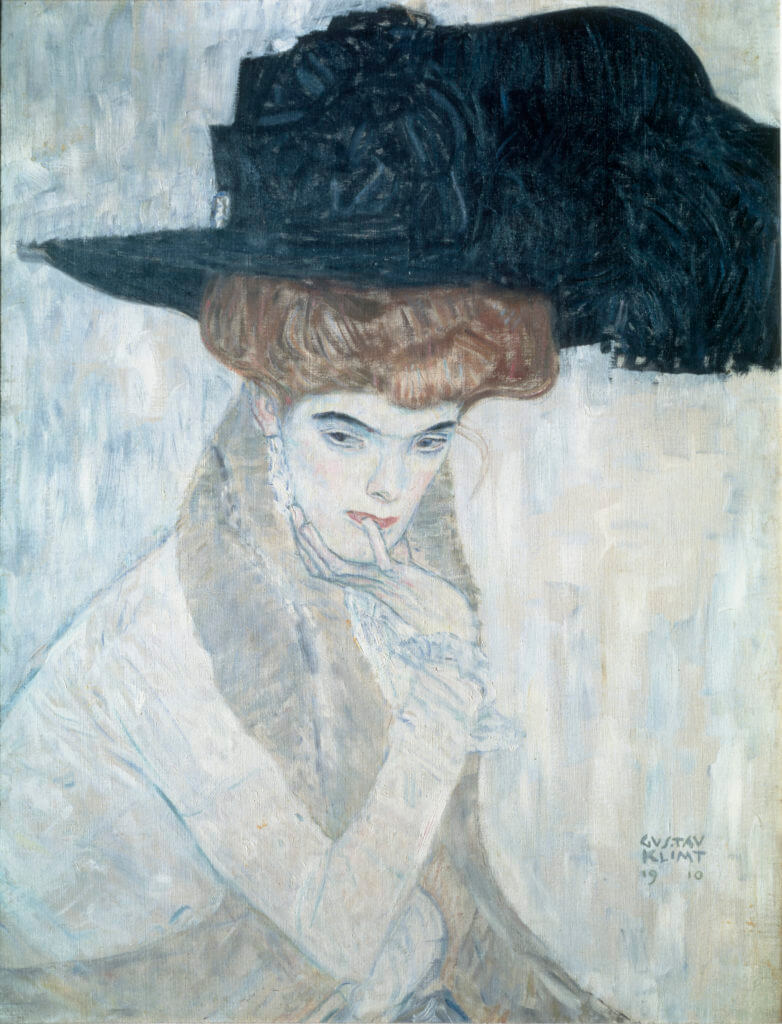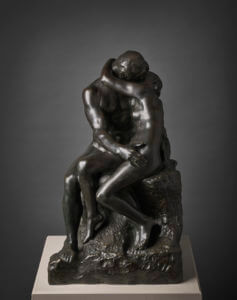Art at NYC: Edvard Munch at the Met Breuer
Edvard Munch: “Between the Clock and the Bed” on November 15, 2017 – February 4, 2018
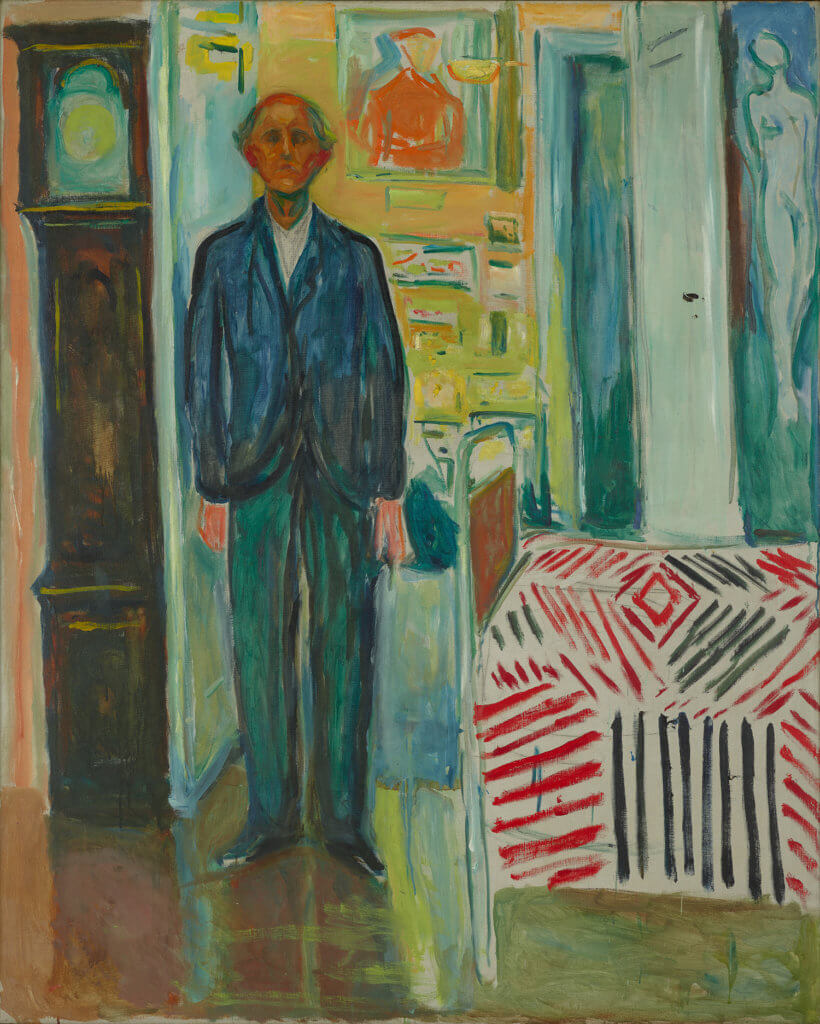
The Met Breuer exhibition of works by Edvard Munch (1861-1944), a Norwegian Expressionist artist, gives the viewers a chance to see the paintings from the Munch Museum in Oslo and other European and private collections. Some of the paintings are shown in New York for the first time.
The exhibition makes a moody and sobering impression as one would expect at a mention of the artist’s name. Munch is known for powerfully presenting the emotional moments of life repeating the same situations in multiple versions. Opening up with the self-portrait which gives the title to the exhibition, the show explores the themes dear to the artist to which he kept returning to at different stages of his life. The exhibition will run through February 4, 2018.
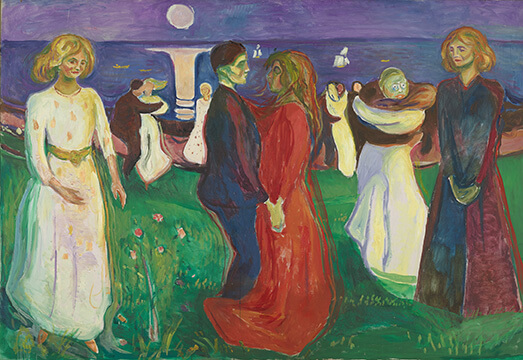
Edvard Munch was born in 1861 to the family of a medical officer. His mother and then his beloved sister Sophie had died from tuberculosis when he was 14. These tragic events made a very strong impression on the future artist and were later depicted in many of his works. Munch himself had suffered from many of diseases in childhood. Later he was haunted by depression and alcohol dependency. His personal life was stressful and unhappy. So, naturally his works are full of high tensions and despair.
Starting drawing from a young age, Munch had enrolled into the Royal School of Art and Design of Kristiania, Norway where he experimented with various expressionist styles. He visited Paris and Berlin and sampled the artistic scenes there coming under the influences of major artists of the early 90s. In that productive period, he sketched or created the first versions of many of the themes to which he kept returning, again and again, later in life.
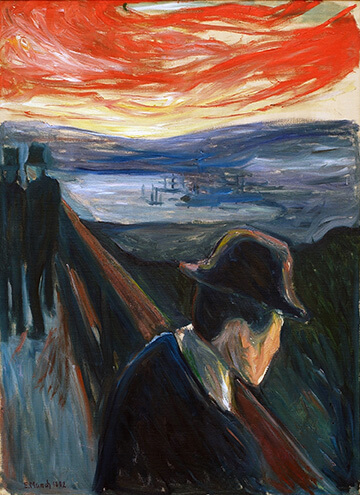
While he came to fame rather early in his career in the late 1880s – early 1890s, Munch himself believed that he reached his breakthrough in art when he was fifty. By that time he already resettled back in Norway after a turbulent life on the move between France, Germany, and Denmark. In 1908-1909 he suffered a mental breakdown from which he recovered upon his return to his native Norway. The result of the emotional torments gave us his famously high-strung paintings.
This current exhibition at the Met Breuer presents about 50 of Munch’s works. Each gallery in the exhibition is dedicated to a theme: Self-Portraits, Nocturnes, Despair, Sickness and Death, Puberty and Passion, Attraction and Repulsion, and In the Studio. This thematic rather than a chronological arrangement allows the viewer to follow the artist’s maturity of style and the changes in technique. As Munch was coming back to the same subject repeatedly with years in between, the ascents of colors and the pace of strokes conveys his personal take on the same situation over time. The FT review points out that “these juxtapositions is at once stunning and depressing, a showcase of genius and delusion.” A group of works under the Despair theme includes a lithograph of “The Scream” from 1895.
Munch’s landscapes and life scenes en plain air are characteristically unsoothing and moody. The low skies, the broody sunsets and eery reflections of in the water are alarming. The tensions continue in the paintings of his studio. Even the tender embrace of “The Kiss” surrounded by the dark background while sensual and tender, doesn’t promise a happy ending. Munch’s great genius of catching the emotional dread and the pain of the soul is in full view here. “Who better to guide us through our own fatalistic age?” asks rhetorically the review of the exhibition in The New York Times.
Time: November 15, 2017 – February 4, 2018
Venue: The Met Breuer, 945 Madison Ave, NY
With the New York Pass your can enjoy a free visit to the Met Breuer!
While you are at the Met Breuer stop by another exhibition there Delirious: Art at the Limits of Reason which will be closing on January 14, 2018.

